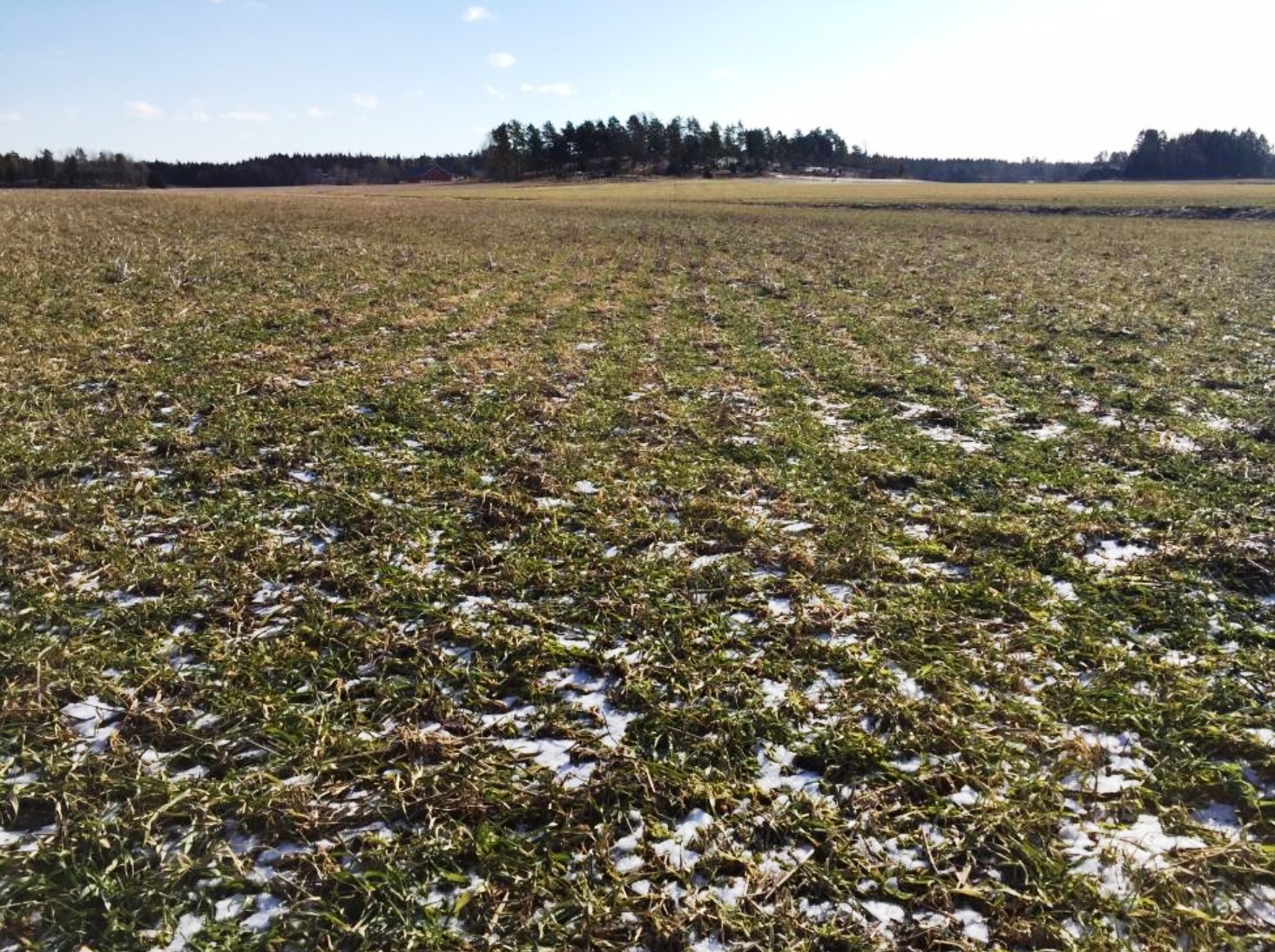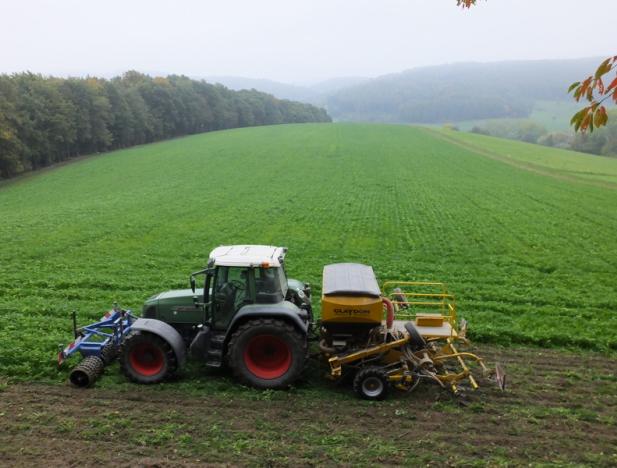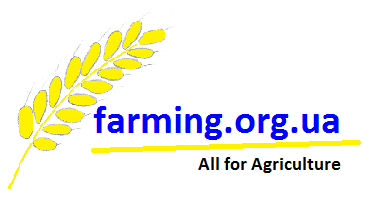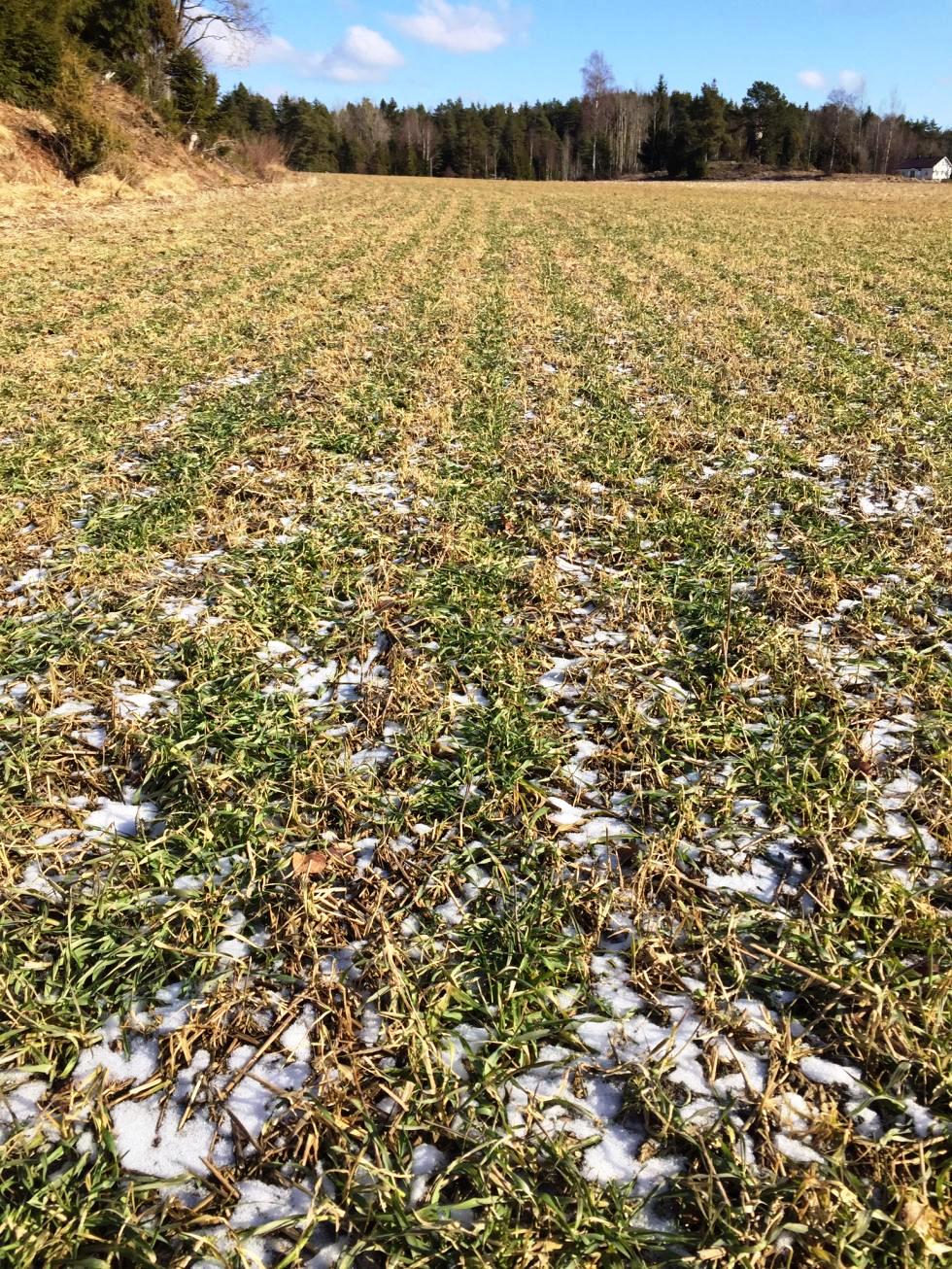
Photo source: CLAAS
Can wheat be sown after wheat? In regions where winter wheat give good yields and high profits, there is a temptation to sow wheat after wheat, that is, for the second year. Yes, it is possible to do this and the harvest can be obtained, but sowing wheat after wheat will carry certain risks, which we will describe in this publication. The photo shows wheat harvesting using CLAAS Lexion 770 combines (photo CLAAS)
Monoculture of grains, including wheat, increases the number of various pests: black ground beetles (Zabrus tenebrioides) by 7 times, wireworms (Elateridae) by 1.3-2 times, aphids by 2 times, thrips by 2.8 times, and the harmfulness of grass flies (Chloropidae) by 2.5 times. The harmfulness of the complex of pathogens of root rot, fusarium, septoria, powdery mildew, and cercosporillosis rot increases sharply. The total losses of these diseases increase by 3-5 times!
Yes, winter wheat can be sown after wheat, barley (or other cereals), but this carries certain risks that you need to be prepared for in advance:
-
an increase in the level of development of diseases, diseases will cause the main damage (especially root rot, fusarium, septoria and other diseases that are difficult to control on wheat)
-
increase in the number of pests
-
an increase in the number of weeds
-
problems with control of cereal weeds
-
the appearance of cereal weeds, which are difficult to remove in a wheat field
-
wheat volunteers (germination and growing of fallen wheat seeds in next wheat field)
-
if it is sowing to obtain seeds, as this leads to mixing of varieties and cereal crops
-
decrease in yield and grain quality
-
decrease in profit from growing wheat
The same rule applies to sowing barley after wheat or barley after barley.
Photo source: Gregoire Besson
Sowing mustard for biofumigation immediately after harvesting wheat, and then carrying out biofumigation (in areas of sufficient moisture or on irrigation) reduces the risks when growing wheat after wheat and other cereals. In the photo - plowing of sowing of mustard using the Gregoire Besson plow

Photo © Ñlaydon
Winter wheat, sown after spring wheat, directly into the stubble, using a Ñlaydon drill seeder (Sperrebotn, Norway, photo date 10.03.2017)
The following measures will help reduce the risks when sowing wheat after wheat:
-
high-quality harvesting without losses
-
straw removal from the field
-
sowing mustard for biofumigation immediately after harvesting wheat, and subsequent biofumigation (in areas of sufficient moisture or on irrigation)
-
when sowing No-Till, or Strip-Till, be sure to made of deep-ripping soil
-
when sowing No-Till, it is better to remove the straw or evenly distribute it over the field
-
use of CTF to reduce soil compaction during harvest
-
sowing with quality seeds
-
sowing by another variety, variety or species - if, for example, you sowed lutescens, then sow erythrospermum or durum or spelt or at least another disease-resistant lutescens variety
-
sowing disease resistant varieties
-
good tillage
-
the use of general exterminating herbicides for the spraying of weeds growing in the stubble field, until the moment of sowing
-
timeliness of all agrotechnical measures
-
high-quality fungicide treatment of wheat seeds
-
high-quality plant protection system for wheat
-
prophylactic insecticide application may be required
-
use other herbicides - do not use ALS inhibitors for the second year, it is recommended to use ALS inhibitors herbicides no more than once every 4 years
-
when using ALS inhibitors for the second year, it is advisable to use tank mixes with 2,4-D, dicamba or other simple herbicides to prevent the emergence of herbicide-resistant weeds
-
high quality fertilization system
Photo © Ñlaydon
Even in cold climate, good results can be obtained when sowing wheat after wheat if the wheat is well cared for. Winter wheat, sown after spring wheat, directly into the stubble, using a Ñlaydon seeder (Sperrebotn, Norway, photo date 10.03.2017)

Photo © Ñlaydon
Can wheat be sown after wheat? Yes, you can. But you can, byt if possible, reduce all risks and consult a professional agronomist. In the photo - direct sowing of winter wheat after winter wheat into a cover crop using a Ñlaydon seeder and special frontal rollers (photo date 10.10.2015, variety Akteur, seeding rate 130.87 kg/ha)
Even with the observance of all these measures, you need to be prepared to reduce the yield of wheat by 10-15%. Therefore, consider sowing not wheat after wheat, but any broadleaf crop, sunflower or soybeans, for example.
Yield of 12 t/ha obtained in field that was drilling wheat after wheat at Claydon farm, 2014. The field was sown by a seeder Ñlaydon
Drilling wheat after wheat (second wheat). By means of 3m Ñlaydon Hybrid Drill. Sowing directly to Straw and Stubble
Thus, wheat after wheat can be sown, but certain conditions described above must be observed, it would be especially nice to sow a cover crop between harvesting old wheat and sowing new wheat. And also - you should be prepared for a slight decrease in yield!
Order quality agronomy support and service from Agricultural Consulting to get record wheat yields!
To be continued.....
----------------------




